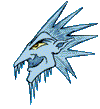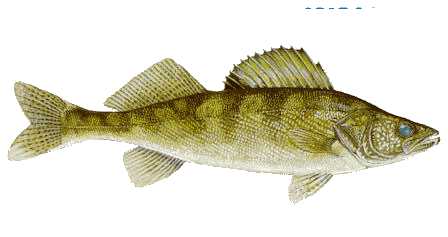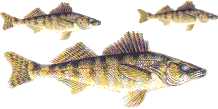|
|
Canku Ota |
|
|
(Many Paths) |
||
|
An Online Newsletter Celebrating Native America |
||
|
February 7, 2004 - Issue 106 |
||
|
|
||
|
North Wind and Star Boy |
||
|
Lakota Legend |
|
In the very old days, at the beginning of things, Star Boy went about the world as a champion, defending all feeble folk against the attacks of their enemies. The champion was so strong that he could not bend his bow of wood without breaking it, so, he armed himself with a bone bow, a bone knife and a stone war club
Be careful how you carelessly destroy the people because some day, they will be used to destroy you!"
"We dare not go to the wood any more," they said, "for there lives a fierce warrior who swoops down on us from above and devours us!"
Now Star Boy travelled northward, until he reached the very northernmost country, and in that faraway land, he found a people in great distress. This was because they feared Wazeya, the North Wind, who drove away the buffalo herds so that they had no meat. "And, when he points his finger at one of us," they said, "that man dies!" "Come, let us hunt the buffalo!" said Star Boy to them; and although they were starving, they were afraid and unwilling to go. However, he made some of the men go with him, and on the great open plain they met with North Wind, who challenged the champion to a battle.
However, after a time he got up and they met for the third round, when lo! neither one could beat the other, so in the very middle of the battle, they had to sit on a snowbank and rest. Star Boy sat on his calf-skin and fanned himself with an eagle wing, and the snow immediately began to melt. This caused the North Wind to retreat.
By this means, the winter and summer were established. Print and Color Your Own Walleye Picture |
|
|

 One
day, he came to the village of the Frogs, who poured out of their
lodges to meet him and give him food, but no water. "He who
goes to the water," they said, "never returns. A great
warrior lies there who has swallowed many of us alive, and now we
are dying of thirst!"
One
day, he came to the village of the Frogs, who poured out of their
lodges to meet him and give him food, but no water. "He who
goes to the water," they said, "never returns. A great
warrior lies there who has swallowed many of us alive, and now we
are dying of thirst!" Star
Boy was so thirsty that after he had eaten, he went down to the
water and was instantly swallowed by the Walleye. But, with his
knife he slashed Walleye in the gills and escaped; and then he warned
the big fish, saying:
Star
Boy was so thirsty that after he had eaten, he went down to the
water and was instantly swallowed by the Walleye. But, with his
knife he slashed Walleye in the gills and escaped; and then he warned
the big fish, saying: Star
Boy quickly went to the wood, where he was attacked by Hinhan, the
Owl. He easily conquered the Owl with his stone war club. "Because
of your cruelty," he said to the Owl, "the sun shall blind
you, so, after this, you can only hunt in the dark when the Mouse
people are taking to their holes and hiding from you."
Star
Boy quickly went to the wood, where he was attacked by Hinhan, the
Owl. He easily conquered the Owl with his stone war club. "Because
of your cruelty," he said to the Owl, "the sun shall blind
you, so, after this, you can only hunt in the dark when the Mouse
people are taking to their holes and hiding from you." The
two rushed upon each other with a great fury, and in the first rush,
Star Boy broke the bow of North Wind; but, in the second, Star Boy
was overthrown and lay as dead.
The
two rushed upon each other with a great fury, and in the first rush,
Star Boy broke the bow of North Wind; but, in the second, Star Boy
was overthrown and lay as dead. But,
before he went away, he made a treaty of peace with Star Boy, promising
to come to earth for only half a year and to give timely warning
of his coming, so that the people could prepare for him and lay
up food.
But,
before he went away, he made a treaty of peace with Star Boy, promising
to come to earth for only half a year and to give timely warning
of his coming, so that the people could prepare for him and lay
up food.
 Walleye
are piscivores (fish-eaters) and will eat any species of fish they can
catch and swallow. Yellow perch and many species of minnows and darters
are their most common food. Larval and young juvenile walleye consume
copepods, waterfleas, and small insect larvae, but quickly add larval
fish to their diets.
Walleye
are piscivores (fish-eaters) and will eat any species of fish they can
catch and swallow. Yellow perch and many species of minnows and darters
are their most common food. Larval and young juvenile walleye consume
copepods, waterfleas, and small insect larvae, but quickly add larval
fish to their diets.